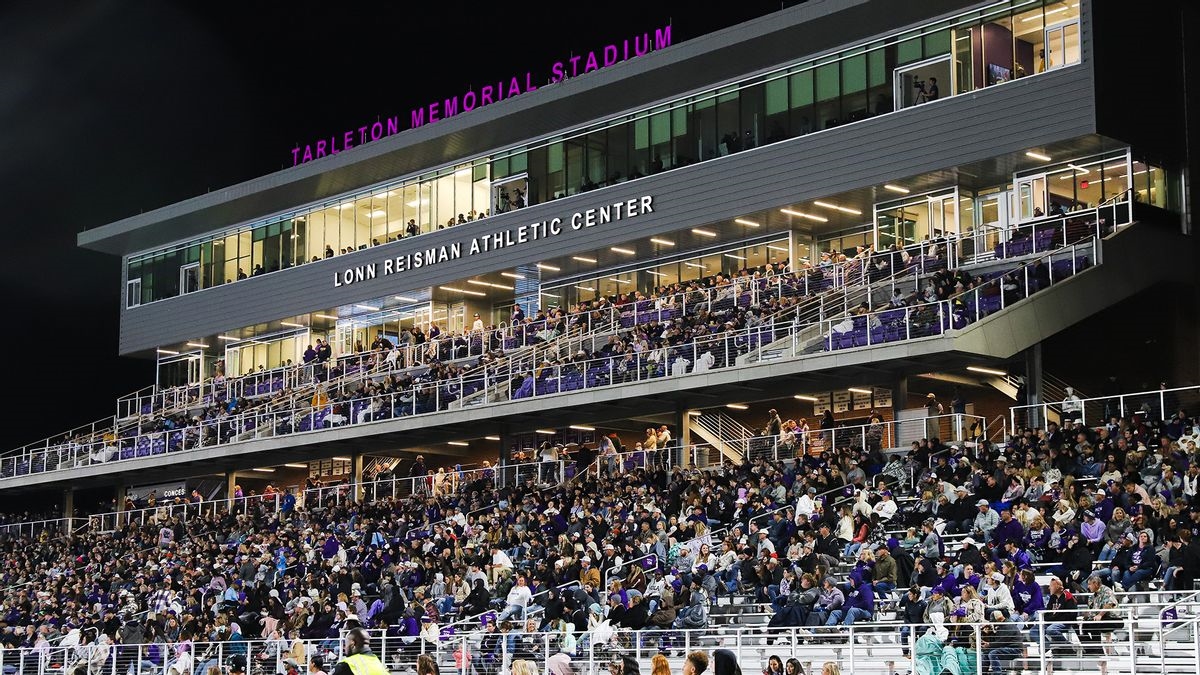Maybe the NCAA knows what they’re talking about. I almost wrote that with a straight face. But when it comes to requiring a school to spend four full years in transition, the NCAA may be right.
Much discussion has been had across the country with teams transitioning from NCAA Division II and FCS. Some of the talks centered on lowering the number of years needed to transition from four to three.
But transitioning is hard. Don’t take my word for it. Read what Tarleton coach Todd Whitten said.
“The reclassification process is hard, very difficult,” Whitten said. “We knew that going in, so I've been extremely proud of our players and coaches and the way that we have handled this whole situation.”
The difficulties begin when the coaching staff recruits players to the university and has to explain to the athlete that they may not play for anything if they don’t redshirt a season.
“We lost a lot of recruiting battles back in those days. It was a hard sell, but as we have moved through this process, it's getting easier and easier,” Whitten said. “This next class will probably be our best class, but they’ll be freshmen next year.”
Before Tarleton in 2020, the most recent examples of teams from Texas leaping Division II to Division I are Abilene Christian and UIW. Both are in their 10th year since their transition to FCS.
How do the on-field results compare between the three programs? ACU and UIW finished with nearly identical records after four years. The Wildcats were 17-28, while the Cardinals were 17-27.
After three seasons? Again nearly identical, with ACU posting a 15-19 record and UIW a 14-19 mark. One interesting statistic is that each school posted a winning record in its first season of transition. That’s because they mainly play Division II schools in the first year. Texas A&M-Commerce will secure a winning season if they defeat Tennessee State on Saturday while nearly playing a complete FCS schedule.
“That's why it's years three and four are your toughest years while the younger talent develops. It's like starting a new program almost,” Whitten said. “You have some Division II players that will carry over, and some will play quite well. But you have to get a whole different type of student-athlete as you transition into division one- it's just a process.”
The Texans on-field results are exceptional. Tarleton is 16-13 during its transition to FCS under Whitten. A win over Houston Christian on Saturday would be the Texans third consecutive winning season during their transition to Division I. ACU and UIW posted two winning seasons in their first three years.
“We have accomplished some good things. Our record is probably better than most of the other transitioning schools as you go back through history,” a prescient Whitten said. “We want to keep our streak of winning seasons going. That’s what we hope to accomplish on Saturday and use that momentum to try and improve again for next year.”
One area often overlooked by the casual observer when a team transitions to Division I is the number of support personnel needed to compete at that level. The price tag necessary for the extra salaries and facility improvements can shock a university during the transition phase.
“Whether it is in the film room and the equipment room, or the academic side of things, there's just a lot that has to be added and implemented as you change from one to the other,” Whitten said.
The administration has committed to converting Tarleton Memorial Stadium into one of the best FCS venues that meets FBS requirements. The Texans showcased their newly renovated 26,000-seat stadium against Sam Houston on Homecoming.
“We've got great fans. I think we'll fill that stadium,” Whitten said. “We've got to keep improving. We've got to keep winning. Before too long, we've got to get in there and battle for a conference championship, which I believe that we will do. As far as the FCS fans and support, I think we've got the best in the state of Texas.”
While the future is still bright, with Tarleton nearing the end of its third football season of the transition, the process still needs to be completed.
“There's got to be a lot of things that need to be put in place, and we're blessed here to have a great president and athletic director. We have the resources, and we're spending the money to get these things done,” Whiten said. “I don't know if everybody is doing that at the same rate or pace that we are, but I'm very thankful for all the resources and all the things that we've been provided.”
This article is available to our Digital Subscribers.
Click "Subscribe Now" to see a list of subscription offers.
Already a Subscriber? Sign In to access this content.


